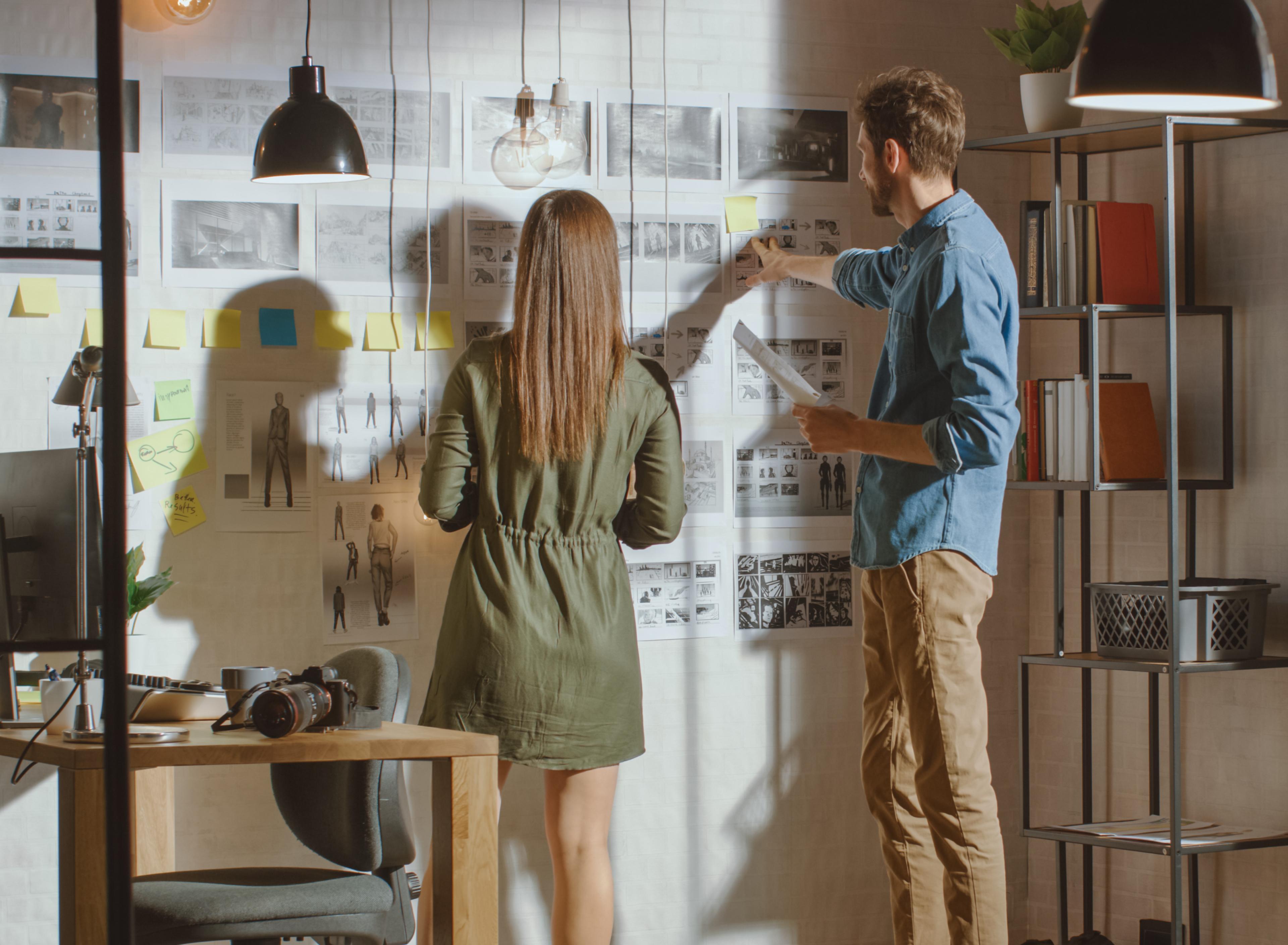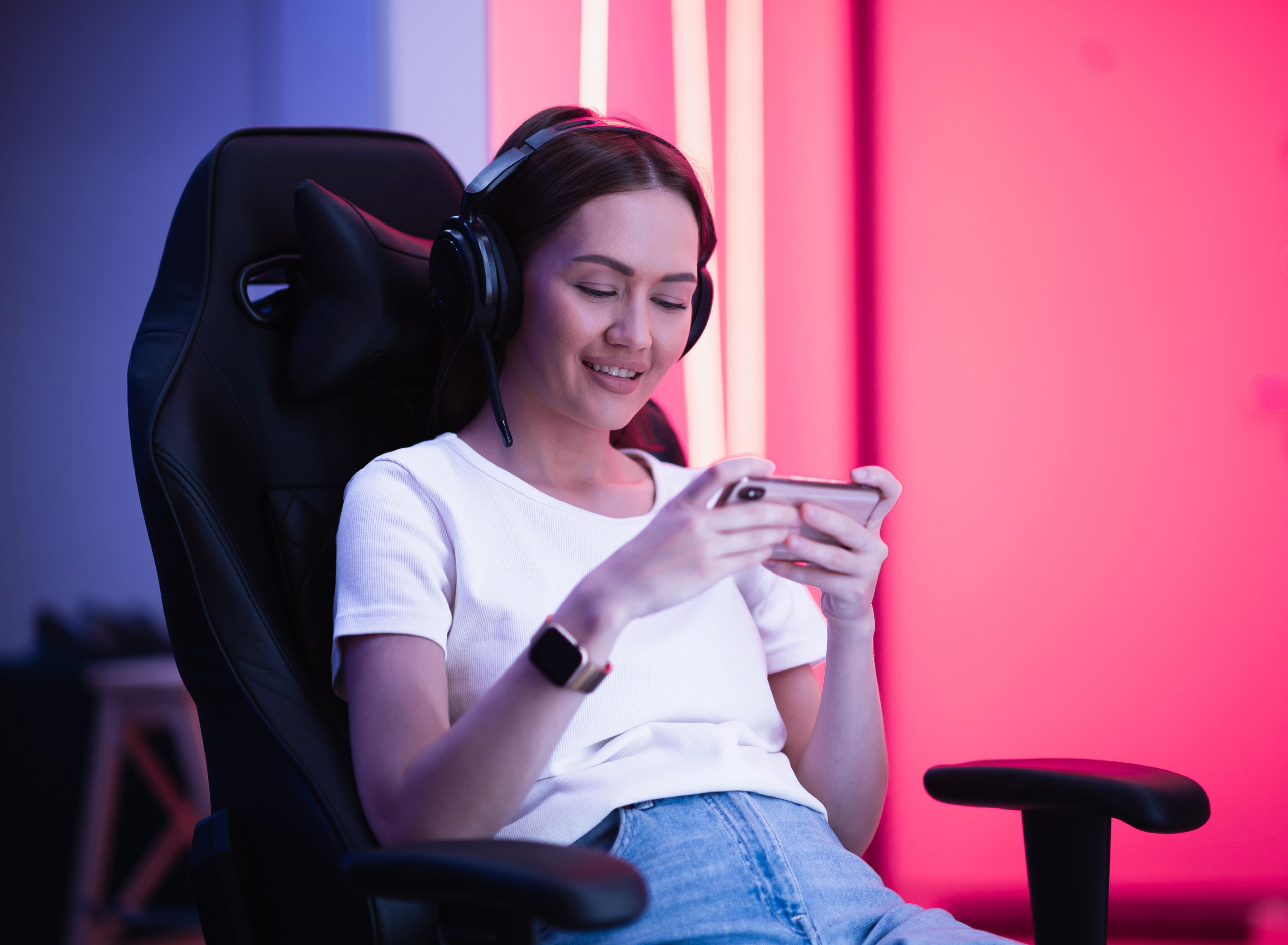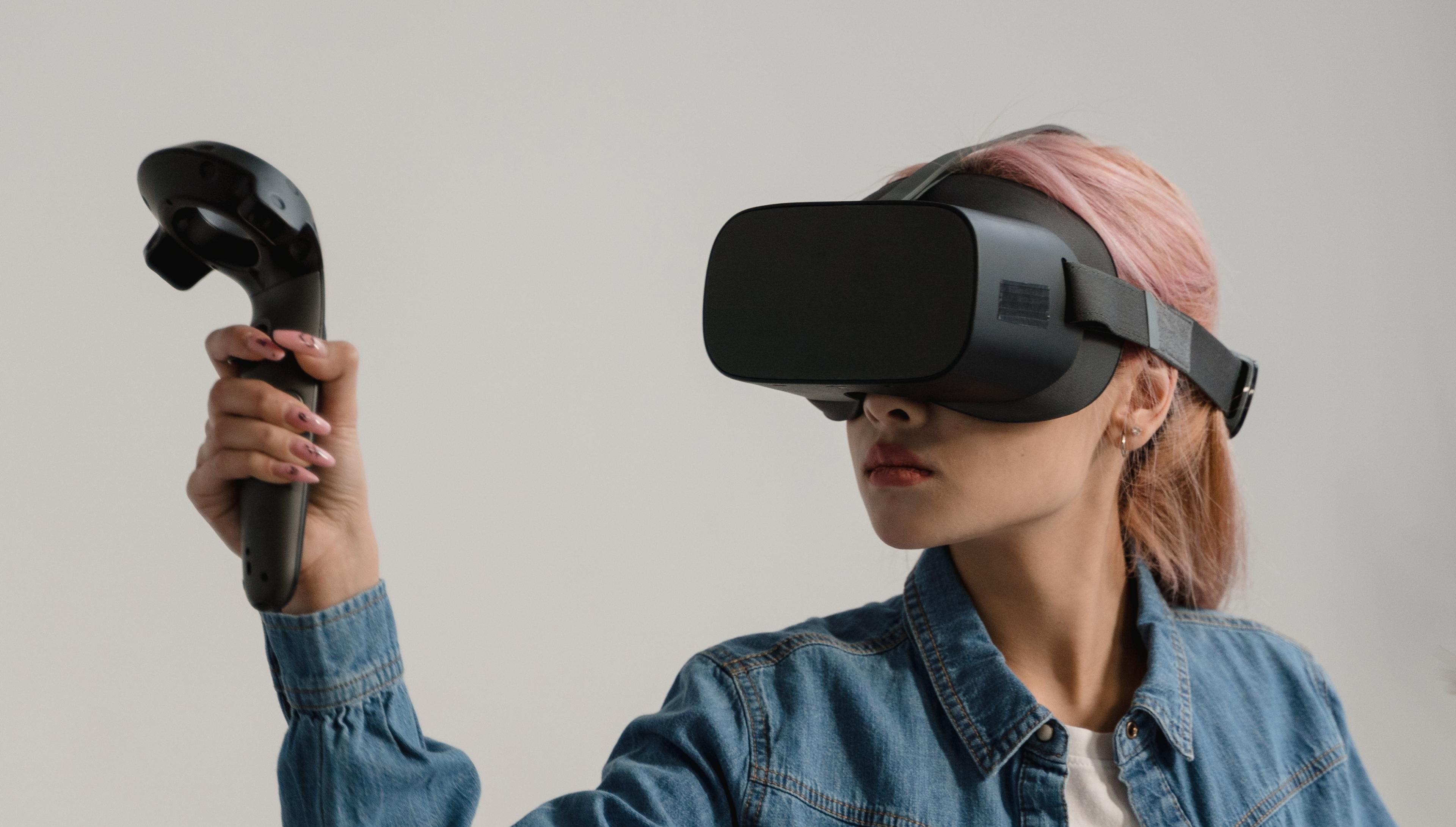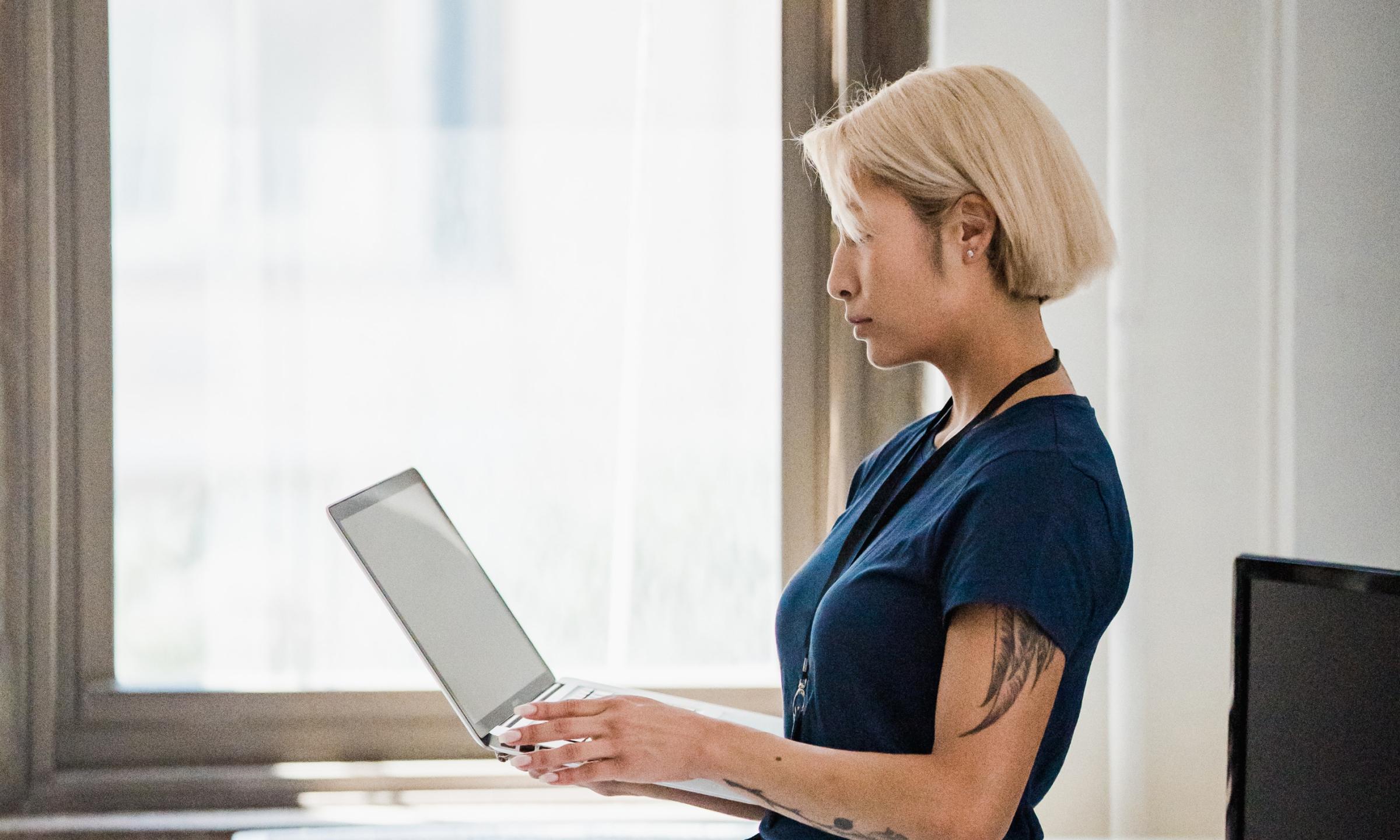
Why you should outsource your game art . . . and how to do it

When designing a game, whether for video game consoles or mobile apps, there are a lot of moving parts.
The video game development process starts with a lot of planning to make sure that you understand your goals, budget, and technology needs. From there, you’ll go into storyboarding and concept development, prototyping, and then production.
You likely have a team of great programmers who are experienced in game development for the platforms you're focusing on, but smaller game design houses may not have all of the creative talent needed in-house to complete production. While you might complete the nuts-and-bolts programming in-house, there are some elements you might be better served to outsource, including audio design, voice artistry, 3D rendering, and often, even your game art design.
By outsourcing game art design, you can find affordable creative talent to work remotely based on the specs you've provided. You can develop a collaborative process that helps both your team and the game art designers focus on your core capabilities to build a great product together.
Let's look at what's involved in game art design, and how to develop an effective process to outsource it.

What is game art design?
Game art design refers to the process of creating the visual art used in video games. There can be a number of different types of graphic artists involved in the process, all working under the guidance of an art director.
Concept artists are typically involved from the pre-production phase of the process, where they'll make rough conceptual sketches of the characters, settings, objects, and other assets that will be a part of the game's environment. From there, storyboard artists will work with the concept artists and game designers to create outlines that show how the camera will move through each scene of the game.
3D modellers will create 3D characters and environments using digital graphics software. They work with lighting artists and texture artists to build all of the elements for every character or object, regardless of which angle it is being displayed from. Once all of the elements have been designed and rendered, a graphic animator will bring the game to life, putting all of the characters and scenes in motion.
Why outsource game art?
Game art design is a unique and highly specialized part of the game design process. Any video game will require thousands of graphic assets, so it will take a team of graphic artists to pull it together. Rather than hiring many specialized employees to fulfill your needs, it often makes more sense to partner with a team that focuses exclusively on graphic design and animation, so that your team can focus on the game development itself.
Typically, it will make sense to have an in-house art director who can oversee the outsourced graphic design, and partner with an outsourced game art agency. Your game art designers may often be based in countries with a lower cost of living, such as Eastern Europe, which results in cost savings compared to hiring in-house employees.
And because your needs for game art designers are cyclical, and based on where you are in a game design production schedule, your graphic design needs will ebb and flow over time. This makes it difficult to build a consistent schedule for in-house graphic artists and animators. By partnering with an external partner, you can ramp up and down based on your graphic needs at any point in time.
Working with a game art studio can often be a better alternative to hiring freelancers directly. An established game art studio will have its own set processes for collaborating with partners, and will have the resources to quickly replace designers in the event that one is sick or otherwise unavailable. They're also likely to have a larger technology stack and more capabilities, so you won't need to collaborate with many separate individuals—someone on the studio's end will be accountable for your project and managing communication through the process.
Working with a game art studio can also be helpful in situations where you are updating a game, by adding new worlds or characters. In this case, your design team can work within your existing infrastructure and add new elements, providing significant value to your brand and your customer base.

Partnering with a game art design agency
When you begin working on a new game and plan to partner with a game art studio, you should provide the studio with a concept for your game, visual examples, and a detailed list of required graphic assets so that they can estimate your project accurately.
Once the scope and budget is agreed upon, the studio will produce a style guide to use as a reference for the project if it doesn't yet exist. This will clarify the look and feel of the graphic elements, with any special notes on resolution, workflow, or technologies used. Once you have finalized the style guide, the team can get to work producing detailed sketches of characters, objects, and environments, which they'll bring to your art director for feedback and critique.
After you've reviewed and approved all of the assets, the team can move into 3D rendering and animation, so that the objects can be placed into context within your game. Periodically, you can call on the team to create additional assets if needed for updates to the game.
Conclusion
When designing a game, it's important to bring in the best resources for every part of the project. While you may have best-in-class programmers on your existing team, consider the benefits of partnering with a graphic art studio to bring your vision to life. By finding a capable partner, you’ll be able to gain confidence in a solid collaboration process, and expedite your time to your game's launch or update.
Want to learn about Vention's game art design capabilities? Contact us.





